Discover insights, tips, and stories from the skies — from aircraft buying guides to pilot training.

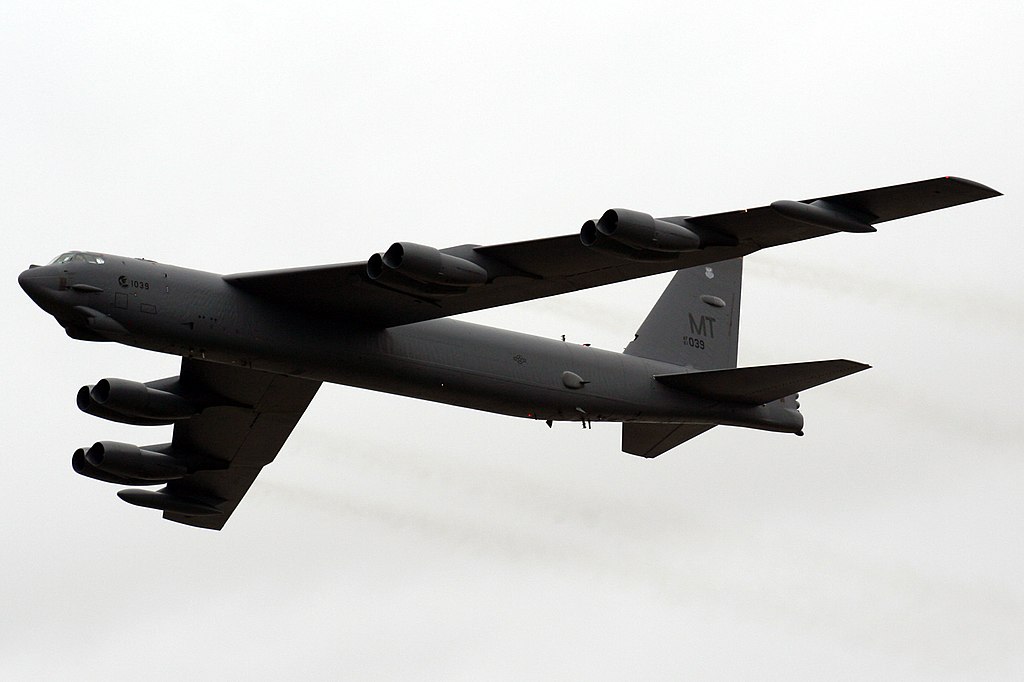
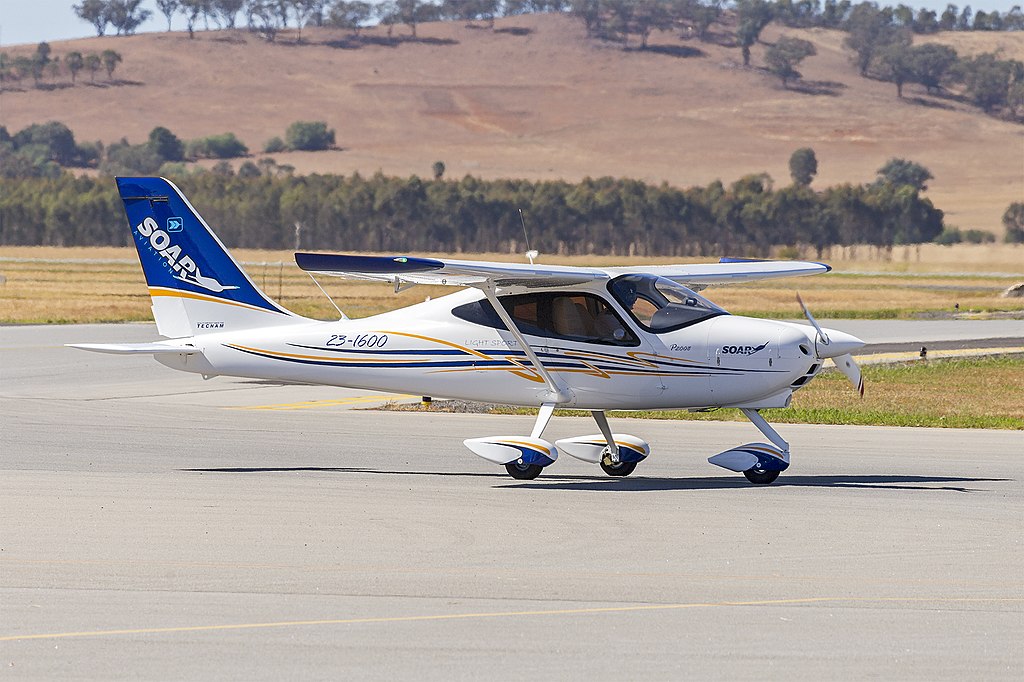
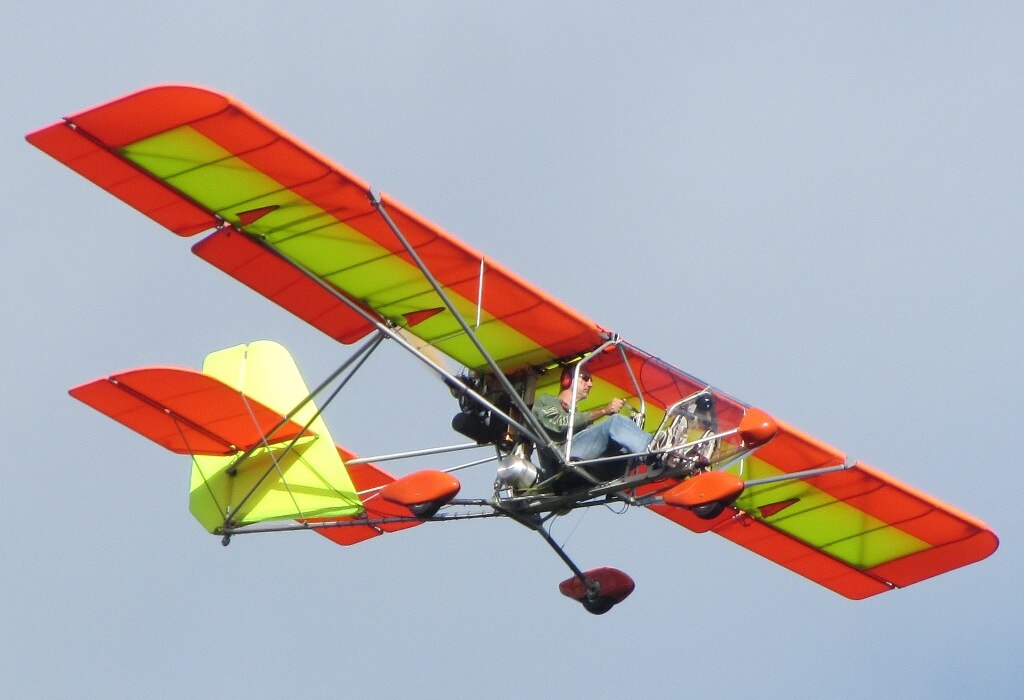
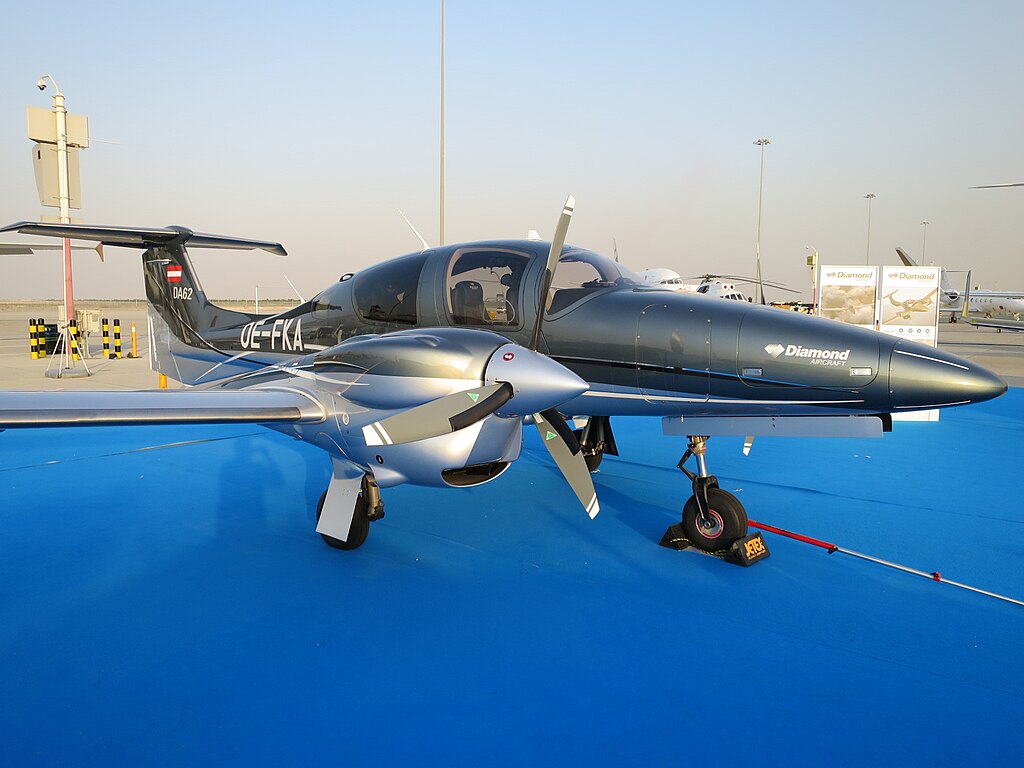
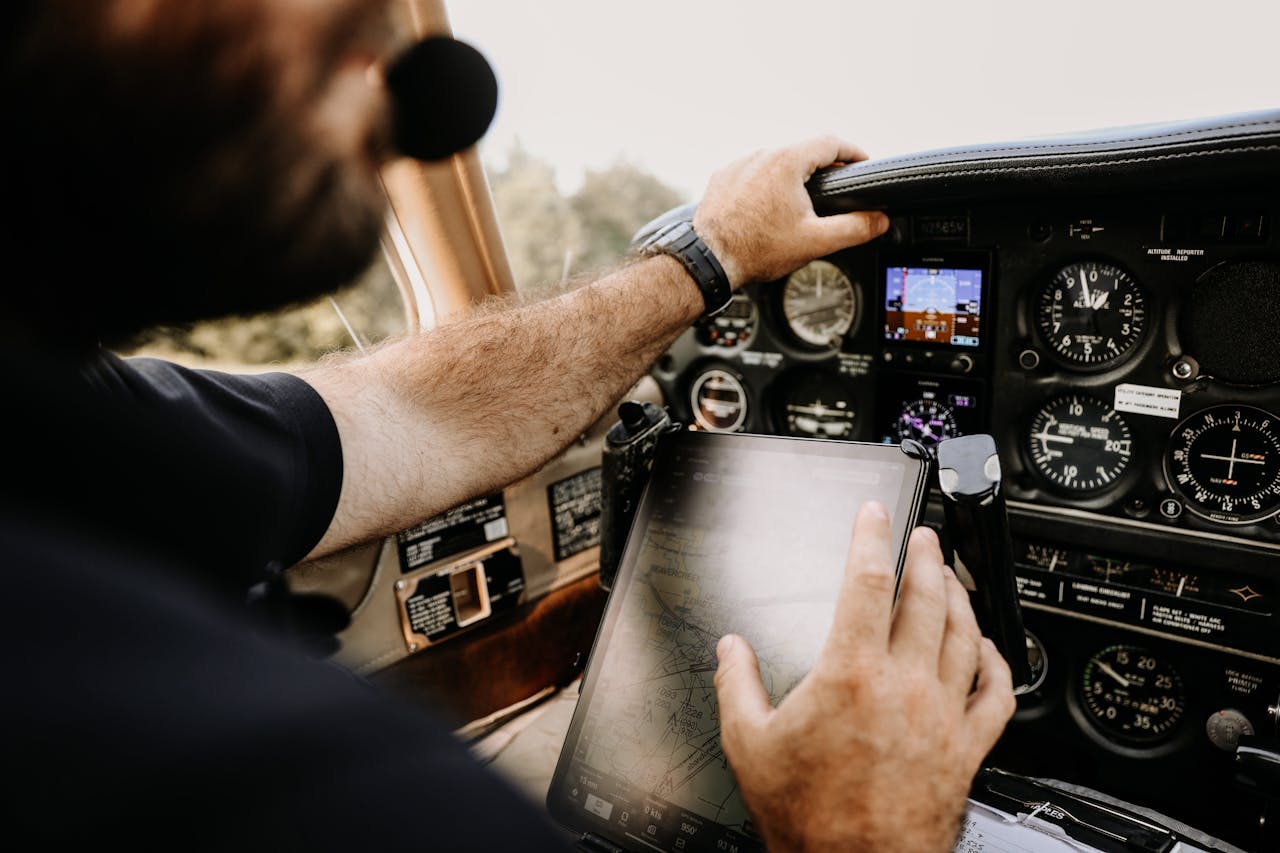
Published: July 27, 2025
Flying can be exciting, but it also demands the right tools. In aviation, these tools are called avionics. They help you see your flight path, talk to air traffic control, and keep your aircraft safe in the air.
In the U.S., ADS-B Out is required in most controlled airspace, including all Class A, most Class B and C airspace, and above 10,000 feet in Class E, so understanding your avionics is more than a matter of preference—it’s part of staying legal.
The choices can feel overwhelming. There are screens, buttons, and systems with names like GPS navigator, ADS-B, and autopilot. Some pilots look at all the options and think, “Where do I even start?”
The good news: you can make smart decisions without feeling lost. By learning what each system does, how it matches your flying style, and which rules apply, you can figure out how to choose the right avionics for small aircrafts with ease.
Regardless if you fly short VFR trips on sunny days or long IFR journeys through clouds, your panel can be simple or advanced.
Avionics are the electronic systems in your cockpit that help you fly, navigate, and communicate. They range from simple radios to advanced flight displays. These tools guide your navigation, manage flight data, and keep you aware of traffic and weather.
Key parts include:
Modern aircraft owners can also choose from touchscreen systems, Bluetooth radios, and integrated autopilot features. Some setups come as part of an avionics upgrade, while others can be installed as smaller add-ons.
Good avionics improve safety, reduce pilot workload, and make flying more enjoyable. Even in experimental aircraft, the right gear can make the difference between a stressful flight and a smooth one.
Your flying style shapes what avionics will work best. If you only fly VFR on clear days, you might focus on a basic GPS unit, a reliable radio, and a transponder that meets FAA rules. A simple retrofit like this is often more affordable.
If you fly IFR, your needs expand. You’ll need certified navigation equipment, such as a Garmin GPS navigator that can handle precision approaches. An autopilot can help on long flights, while flight displays make monitoring easier.
For cross-country or business trips, features like weather overlays, ADS-B In/Out, and advanced autopilots can reduce fatigue. If you plan an upgrade, think about your main mission—short hops, long-distance travel, training, or backcountry flying—and let that guide your choices.
The FAA sets rules on what must be in your panel, depending on where and how you fly. For example:
Other features, like a touchscreen GPS navigator, weather radar, or integrated autopilot, are optional. These can be added as part of an avionics upgrade when your budget allows. Many pilots start with a legal minimum setup and then upgrade over time, adding tools like advanced flight displays or terrain alerts as they go.
For aircraft owners, the trick is balancing the rules, your flying needs, and your budget. Even small changes, like replacing an old radio or adding an engine monitor, can make a big difference in safety and comfort.
Upgrading your panel can feel like walking into a store with hundreds of choices and no prices on the shelves. The trick is to take it step by step. Here’s how to go from “overwhelmed” to “ready to order” without wasting money or missing something important.
Before you look at any gear, think about the aircraft type you fly and what you do with it most often. This matters because many aircraft require different certification paths, installation approvals, and space considerations.
If you are owning an airplane for the first time, it helps to learn how your specific make and model handles upgrades. A small piston trainer has different needs than a cross-country cruiser, and your panel choices should reflect that.
Tip: Check the STC list for certified aircraft or talk to a reputable avionics shop to see what is actually approved for your model.
Your flying style will point you toward the right tools:
Tip: If you’re comparing avionics, make a list of features you actually use. Many pilots buy features they rarely touch.
Not everything in your instrument panel has to be top-tier right away. Break your list into two parts:
Must-Haves:
Nice-to-Haves:
Tip: If your budget is tight, get the key avionics you need now and leave panel space for later upgraded avionics.
The avionics market is full of options. Garmin avionics dominate general aviation aircraft, but Garmin or Avidyne both make strong products.
Examples:
Your instrument panel space controls what you can install. Large glass Garmin panel layouts with multiple Garmin flight displays require room and power capacity.
For smaller panels:
Tip: When selecting the right equipment, think about aircraft and price together. A full Garmin and avidyne glass cockpit may be overkill for local flights but perfect for long IFR work.
A reputable avionics shop can save you time, money, and frustration. They know which products are approved, which ones actually fit, and how to install them properly.
A good shop can also guide you on basic aircraft owner maintenance tasks, like checking connections, updating databases, and keeping your displays clean, so your new avionics stay reliable between annual inspections.
They can:
Tip: Shops often get new product info before the public. Ask what’s coming soon so you can avoid buying gear that’s about to be replaced.
Think beyond your next trip. The right gear should support your flying for years. If you fly single engine general aviation aircraft, make sure your avionics can grow with you.
Examples of future-friendly planning:
Tip: Big upgrades, like a Garmin panel, can boost the value of your plane. That’s why investing in the right avionics early can pay off when you sell.
Knowing how to choose the right avionics for small aircrafts doesn’t have to be stressful. Understand the basics, match your panel to your flying style, and know which tools are required.
From a simple retrofit to a full glass panel, you have many ways to build a safe, capable cockpit. Plan carefully, and you can make each upgrade count.
If you’re ready to explore your options, check out Flying411 for more guides, tips, and expert advice that make flying safer and more fun.
A reliable gps navigator and clear radio are great starting points for most new pilots.
In most cases, certified avionics must be installed by an approved shop to meet FAA rules.
No. Only aircraft flying in certain airspace, like near major airports or above 10,000 feet, require ADS-B Out.
It depends on your flying needs and budget, but many pilots review options every 5–10 years.
Yes. In fact, many experimental aircraft use advanced systems before they appear in certified planes.